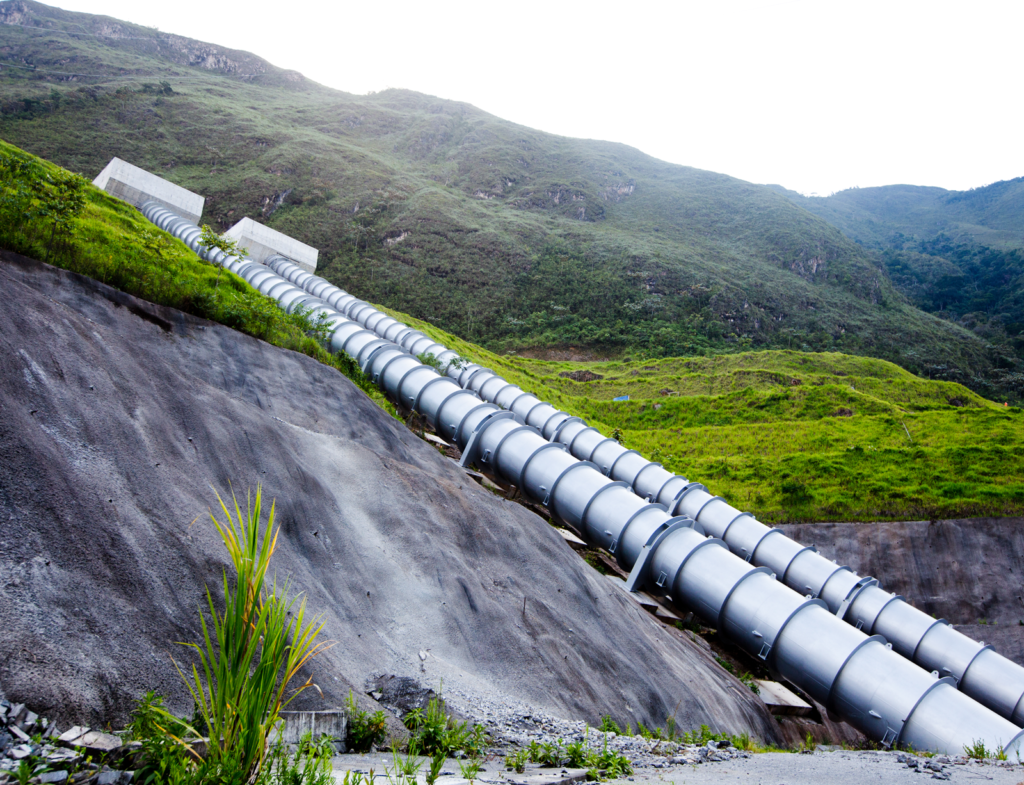
The world we live in has changed. It is not the same, but the rules of the game remain similar. To produce requires, among other things, creativity, management, clear rules, and clean energy that allows you to produce at a reasonable and competitive cost. The latter is a reality in Peru.
Clearly, reactivation involves having energy at a reasonable price and coming from clean sources, as is the case in Peru. Thus, we find that, according to Osinergmin, hydraulic energy represents 55.2% of the country's energy matrix, one of the main clients of this energy supply being the mining sector.
The Ministry of Energy and Mines, for example, has reported that by July it is already observed that mining activity consumes electrical energy that is around 34,000 MWh per day, that is, about 45% more than the daily average that companies have required since the fortnight of March and during April and May. Another interesting piece of information is that the Committee for the Economic Operation of the System (COES) has reported that in July the national electricity demand is only 13% of that registered before the pandemic, and the figures for August show that the gap is to 11%. In other words, we are approaching previous levels of the pandemic thanks to key sectors, such as mining.
Clearly, reactivation involves having energy at a reasonable price and coming from clean sources, as happens in Peru.

This has been possible because the sector never stopped, which is why when the reactivation of mining occurred, we were ready to deliver the energy that was demanded. In Empresa de Generación Huallaga, this vision was especially important.
Chaglla has three Francis-type units, two of 225 MW each, being the largest units in Peru, in addition to a small 6 MW that uses the ecological flow at the foot of the dam. To serve the mining sector, it is necessary to successfully perform the annual maintenance of the generators since the quality of the energy that we provide the electric power companies depends on it. That is why we have just complied with the said process with all the industrial health and safety measures required in this new reality. In our case, maintenance includes a reservoir with a 211-meter high dam (equivalent to two Westin Hotel buildings, one above the other) and a mass of rock and an impregnable concrete face, three large weirs to control the reservoir, tunnel of adduction of 14.3 km, two powerhouses and a 127 km long double-triple transmission line, which joins the Chaglla substation at 900 meters above sea level at 220 kV and the Paragsha Extension substation in Cerro de Pasco at 4,400 meters above sea level.
The energy produced is transported through a 127 km long double circuit 220 kV transmission line to the Paragsha Substation in Cerro de Pasco at 4,400 m.a.s.l. And, from there, distributed throughout the country, through the transmission lines of the SEIN, until reaching every point connected to the national network, such as large mining, agro-industrial, commercial loads, and, among other electrical loads, our own homes. It should be noted that Chaglla has been classified as a national strategic infrastructure for the Energy and Mines sector, so that the disposition of EGH's management is to keep it always operational, with due care for its people, both in the plant and in Lima. The availability of energy is essential for smooth reactivation.
In August, the National Society of Mining, Oil, and Energy, reported that mining activity was already at 85% operational and that the reactivation of pre-quarantine activities in projects such as Quellaveco is on hold. On this last point, the mining union has indicated that it expects this to happen in the shortest possible time. Today there is a portfolio of 48 projects for US$ 57 million of total mining investment, which if it occurred would generate around 600 thousand jobs. We are ready to meet the energy requirements that arise since today we generate 456 MW with our current installed capacity, which turns the waters of the Huallaga river when the COES requires it. Generating clean energy is our business, part of our DNA. In 2016, CTG - our main shareholder - became the first Chinese company to enter the global offshore wind market with the purchase of 80% of Meerwind Wind Park from Blackstone. Since December 2018, CTG has been involved in the Moray project in the UK, entering the world's largest offshore wind market.
Thus, in 2019, CTG's clean energy generation was equivalent to 187.8 million tons of CO2 emission reduction. Now we are part of this global effort, to provide energy that allows us to safeguard our world.
